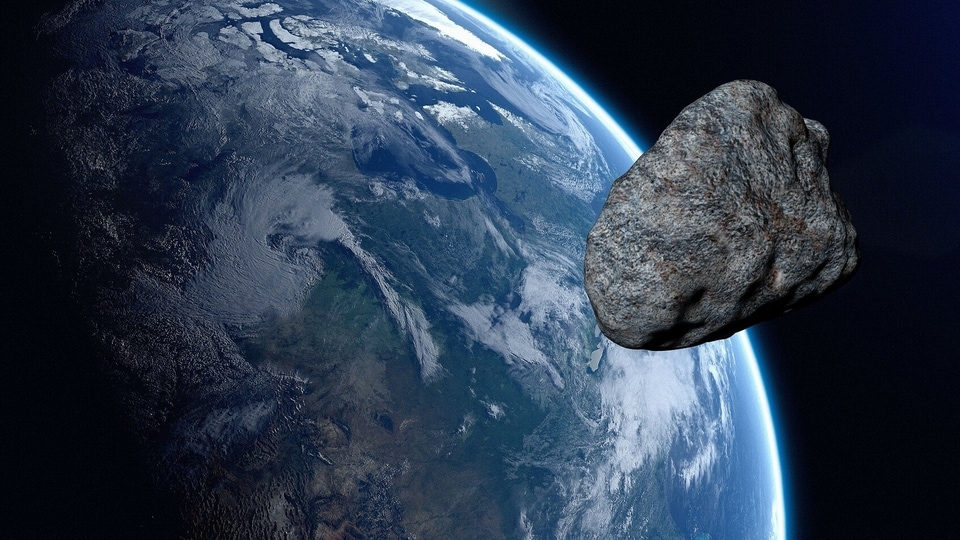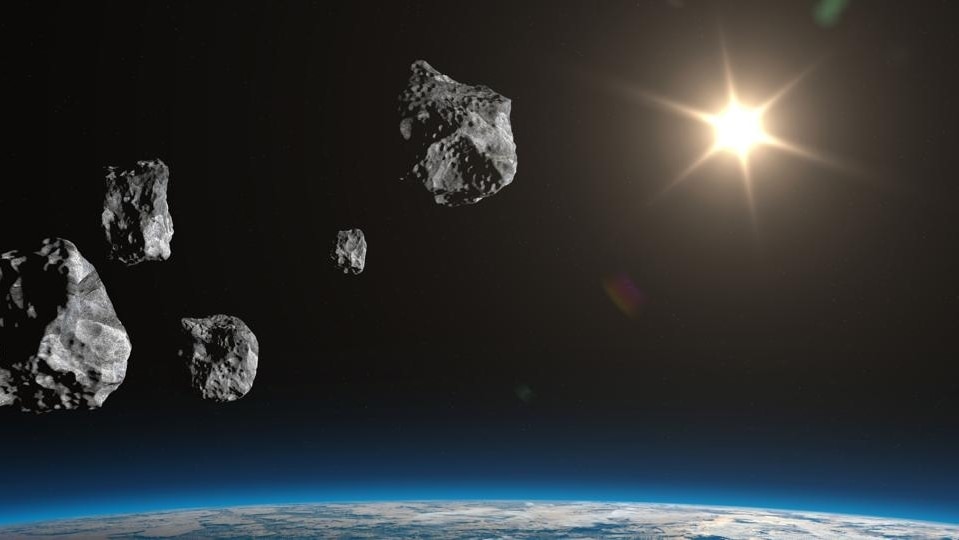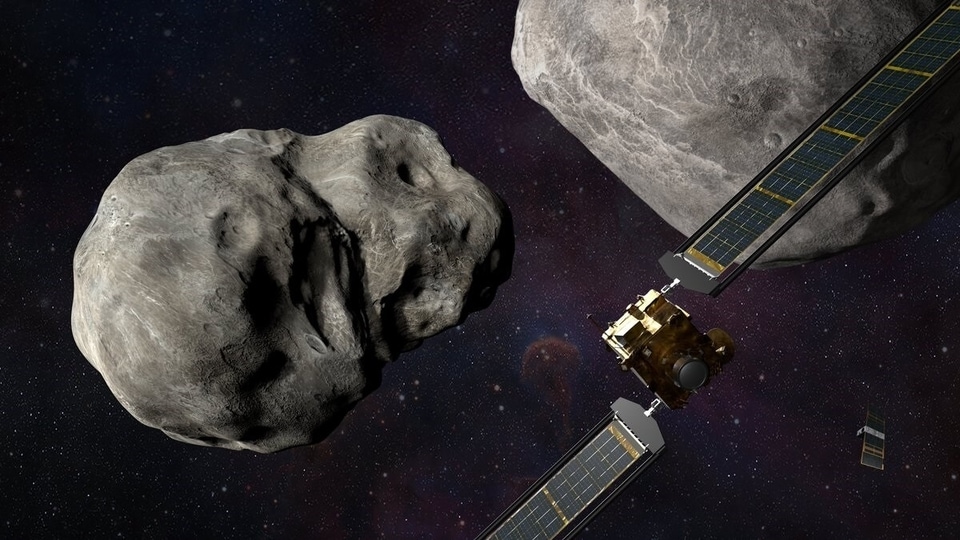Earth escapes 380 metre asteroid just days after it was discovered by NASA
An asteroid missed the Earth recently, just a few days after its discovery by NASA. The last minute discovery of the asteroid means that NASA or any space agency had virtually no time to deflect or destroy it if it had headed straight for earth.



_1638627105271_1638627118874.jpg)

_1638627105271_1659771721399_1659771721399.jpg)
 View all Images
View all ImagesEarth escaped a giant asteroid by a wafer thin margin! This giant asteroid, known as Asteroid 2022 OE2 was recently spotted by NASA for the first time and within a few days, it made its closest approach to the Earth. The last minute discovery of the asteroid means that NASA or any space agency had virtually no time to deflect or destroy it if it had headed straight for Earth. The asteroid passed at a distance of just 3.2 million miles away from the Earth. It is equal to 10 times the distance between the Earth and the Moon. Around 380 meters wide in diameter, this huge asteroid made its closest approach to Earth on August 4. It is one of the 15,000 Apollo-class asteroids, which orbit around the Sun in such a way that they cross our orbit.
The interesting fact is that it was found only a few ago on July 26! That means, in less than two weeks from its first appearance, the asteroid marked the close approach to the Earth. However, NASA keeps an eye on all the near-Earth objects in space to detect any potential harm from the celestial objects in advance. This way, NASA tracks thousands of such near-Earth objects, but many remain unknown! According to the space agency, there are less than half of the 25,00 NEOs that are larger than 140 meters and are yet to be found in the depth of space! The small size of asteroids can often make the task difficult.
NASA mentioned, "Near-Earth objects are asteroids and comets with orbits that bring them to within 120 million miles of the Sun, which means they can circulate through the Earth's orbital neighborhood. Most near-Earth objects are asteroids that range in size from about 10 feet (a few meters) to nearly 25 miles across.”
Still, there is always a minor chance of an asteroid strike, in case it deviates from its orbit! To avoid any mishap NASA and other space agencies have launched planetary protection programmes in an attempt to limit those risks. They have even included a major space mission to test any possible response such as NASA's Dart mission. It will crash into an asteroid to understand it is possible to change the path of any unpredictable hazardous asteroid which may pose a risk to Earth.
Catch all the Latest Tech News, Mobile News, Laptop News, Gaming news, Wearables News , How To News, also keep up with us on Whatsapp channel,Twitter, Facebook, Google News, and Instagram. For our latest videos, subscribe to our YouTube channel.































